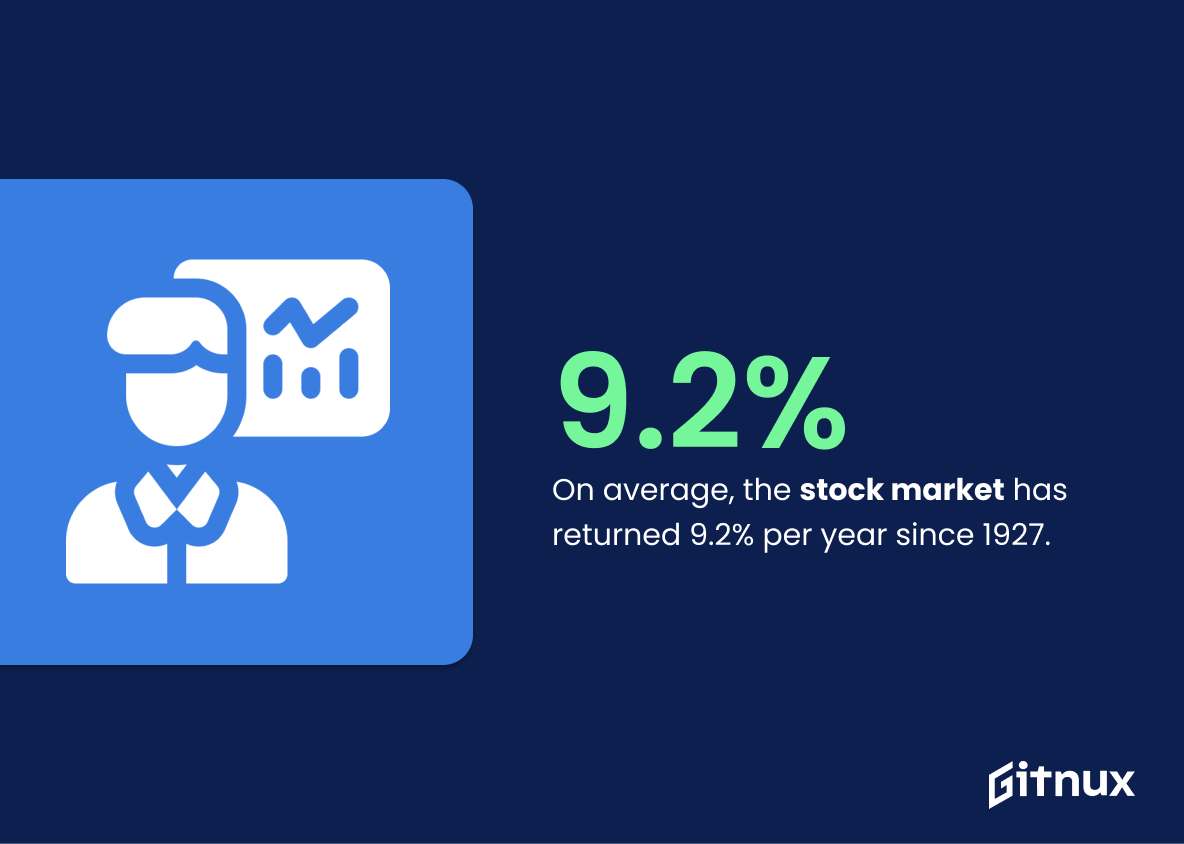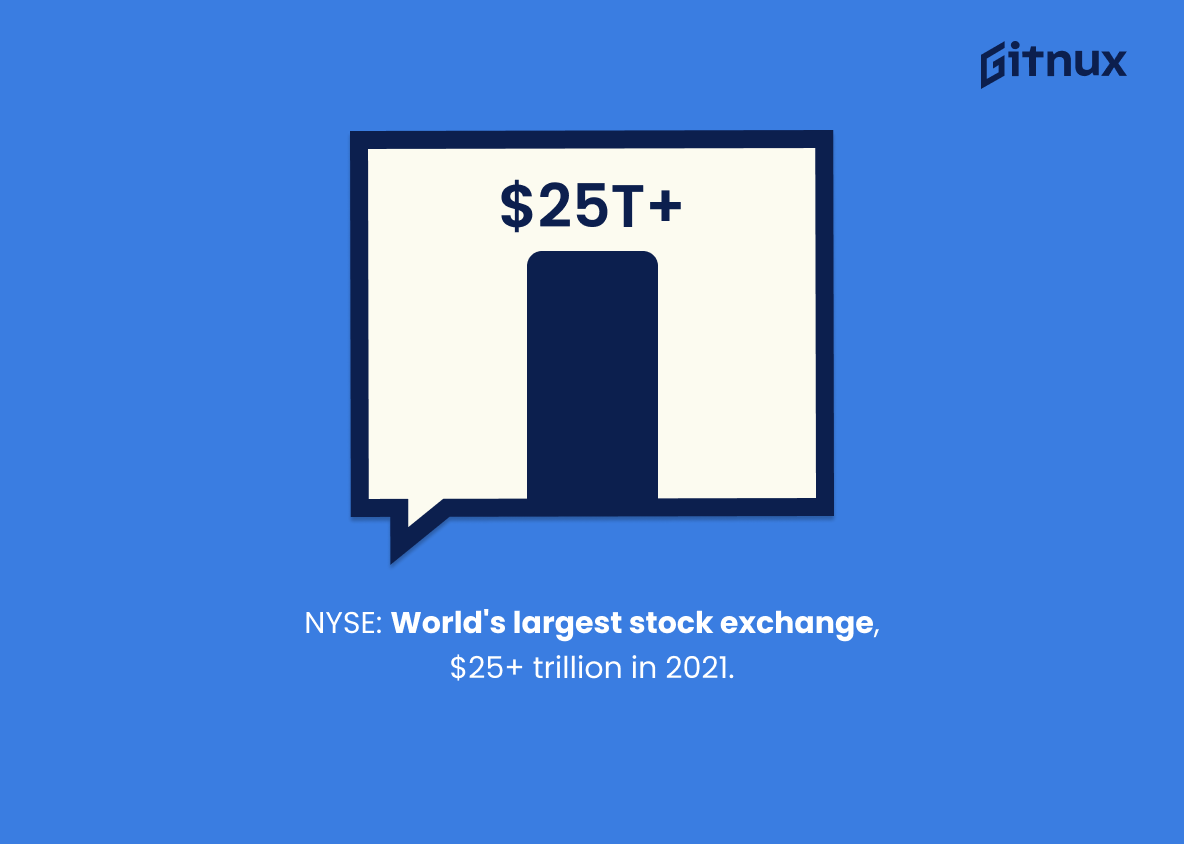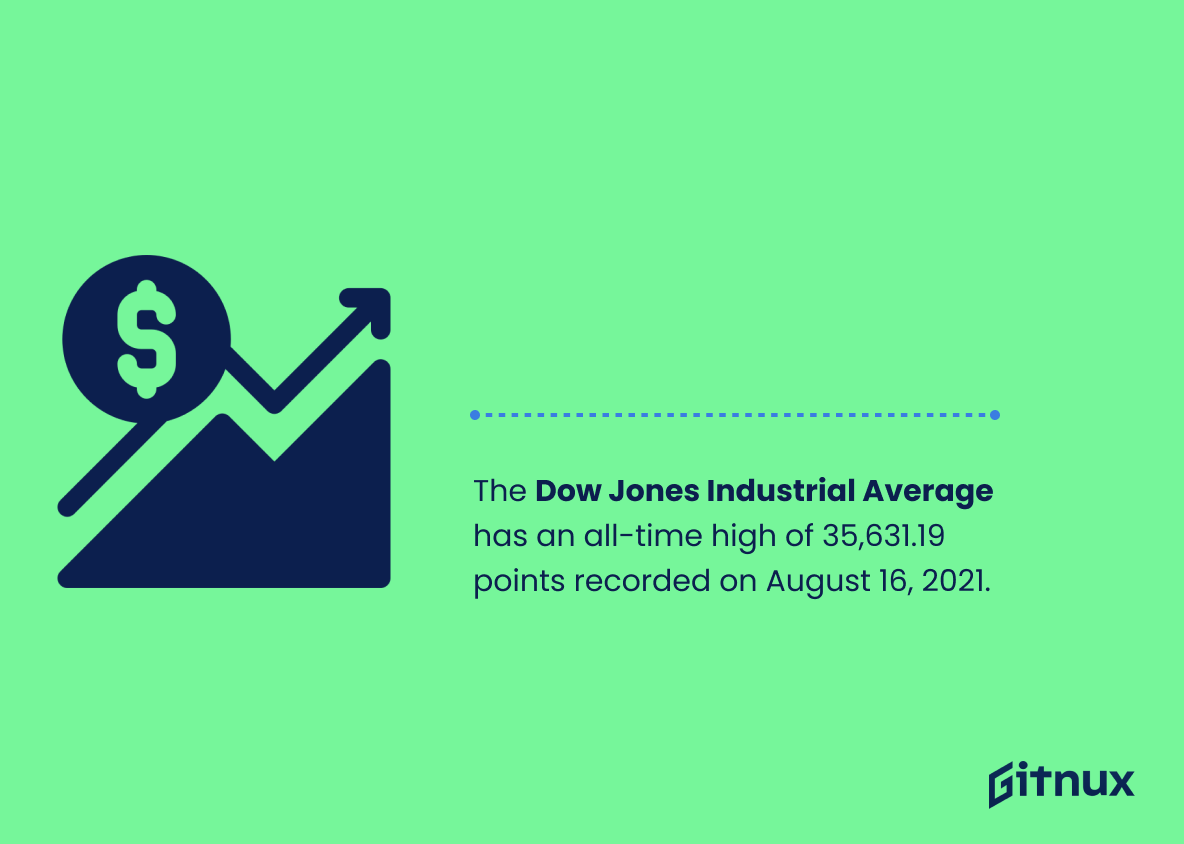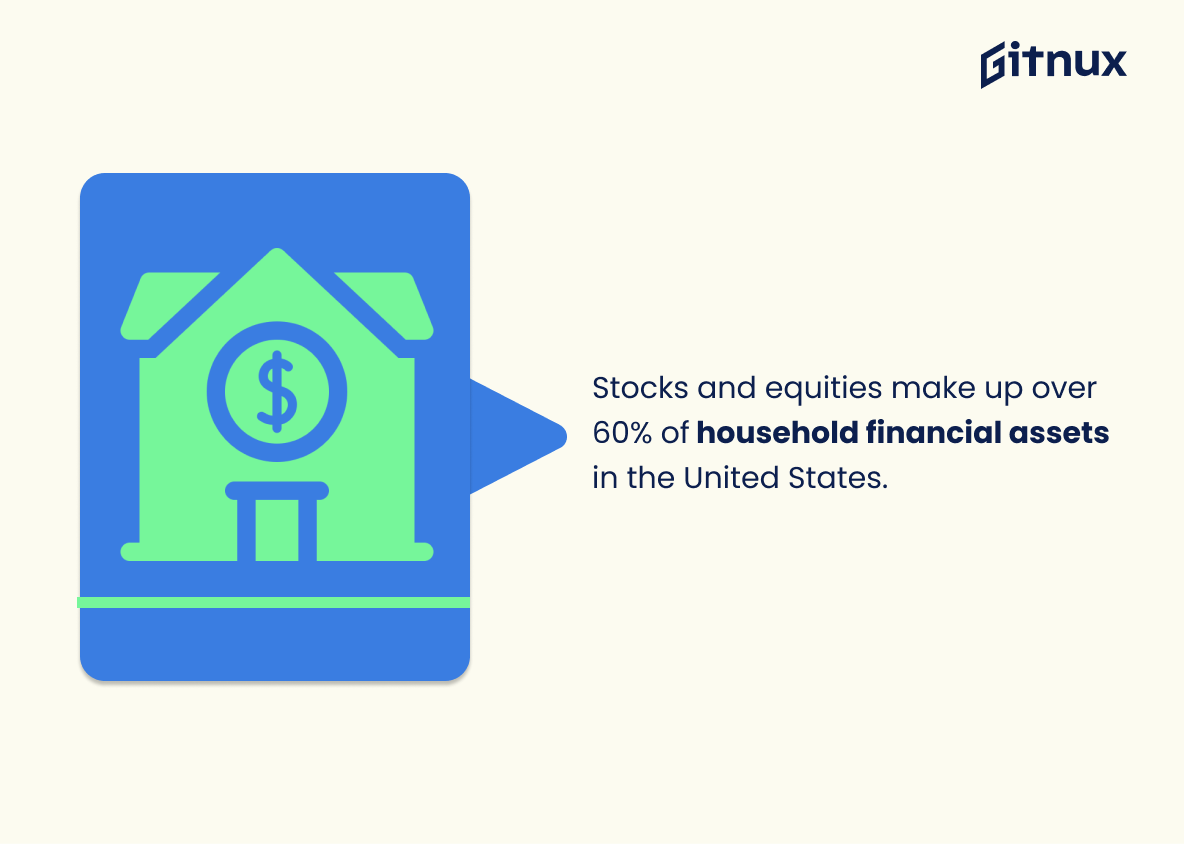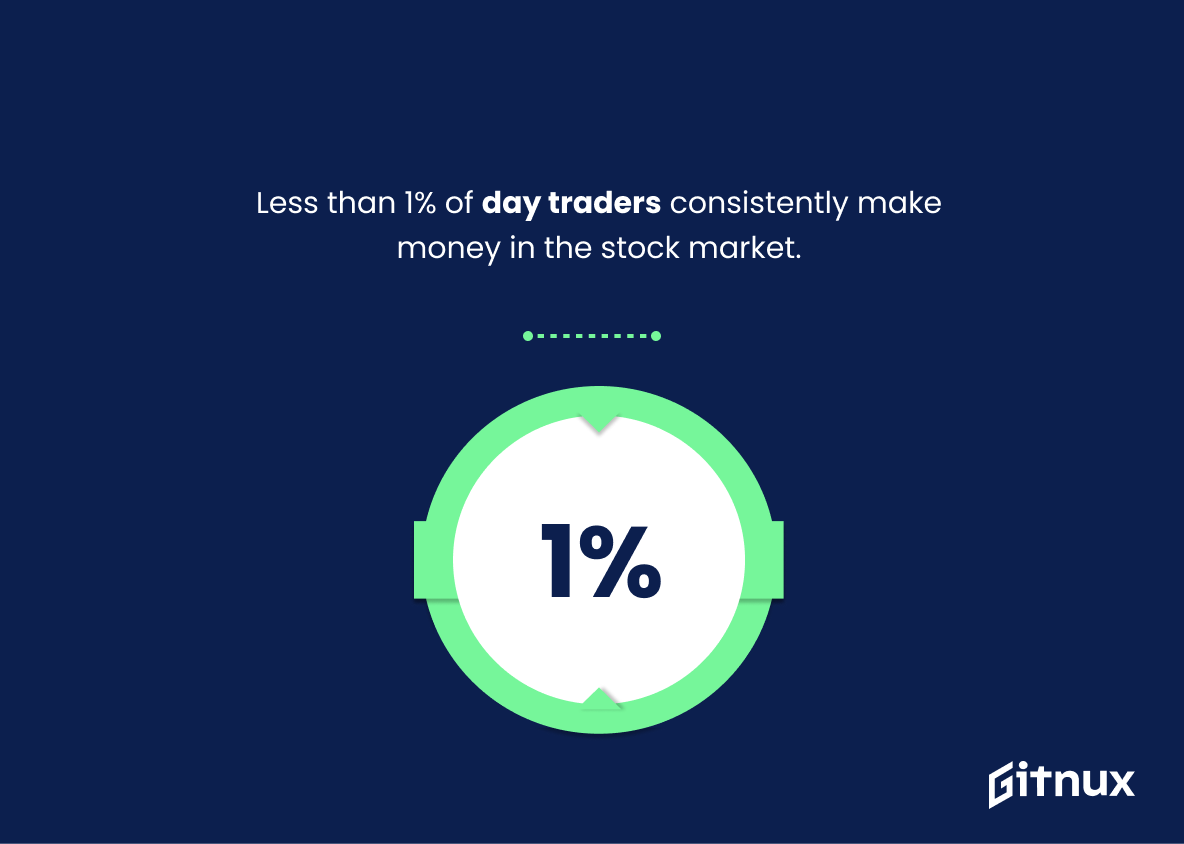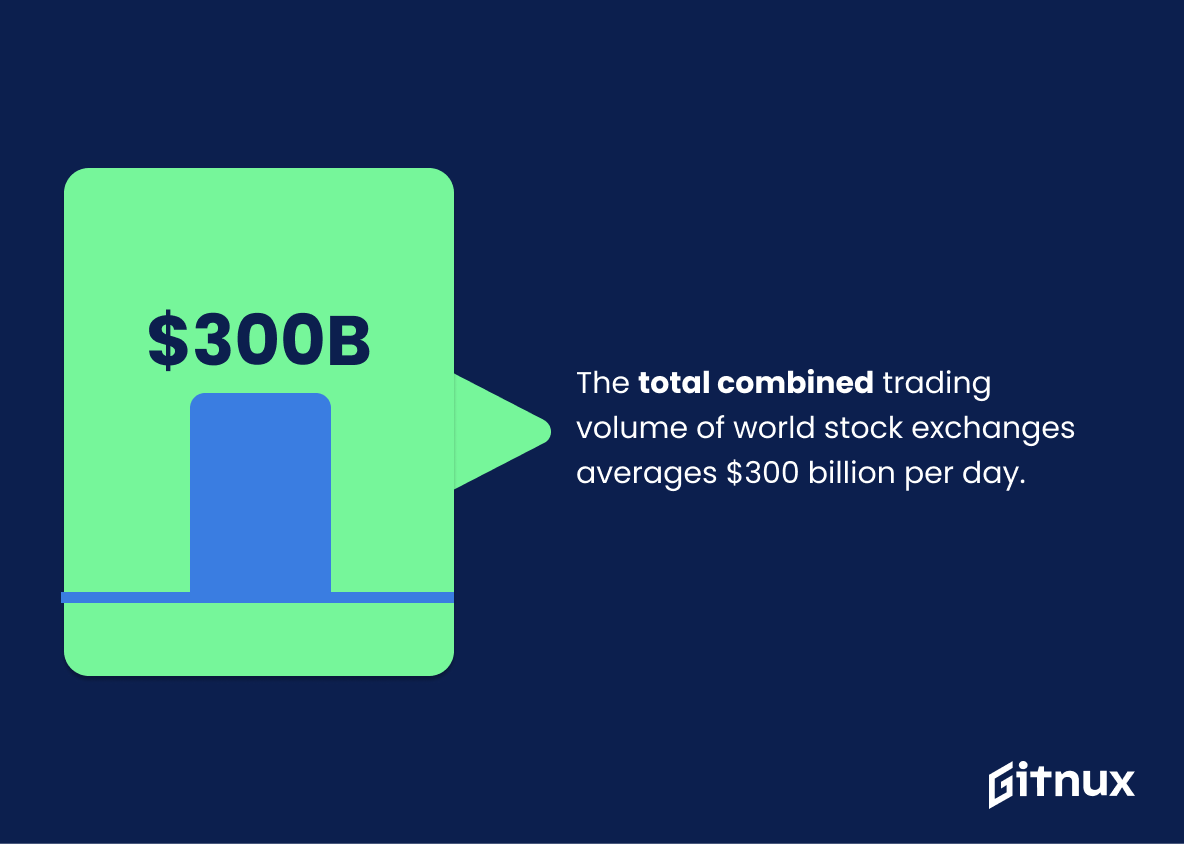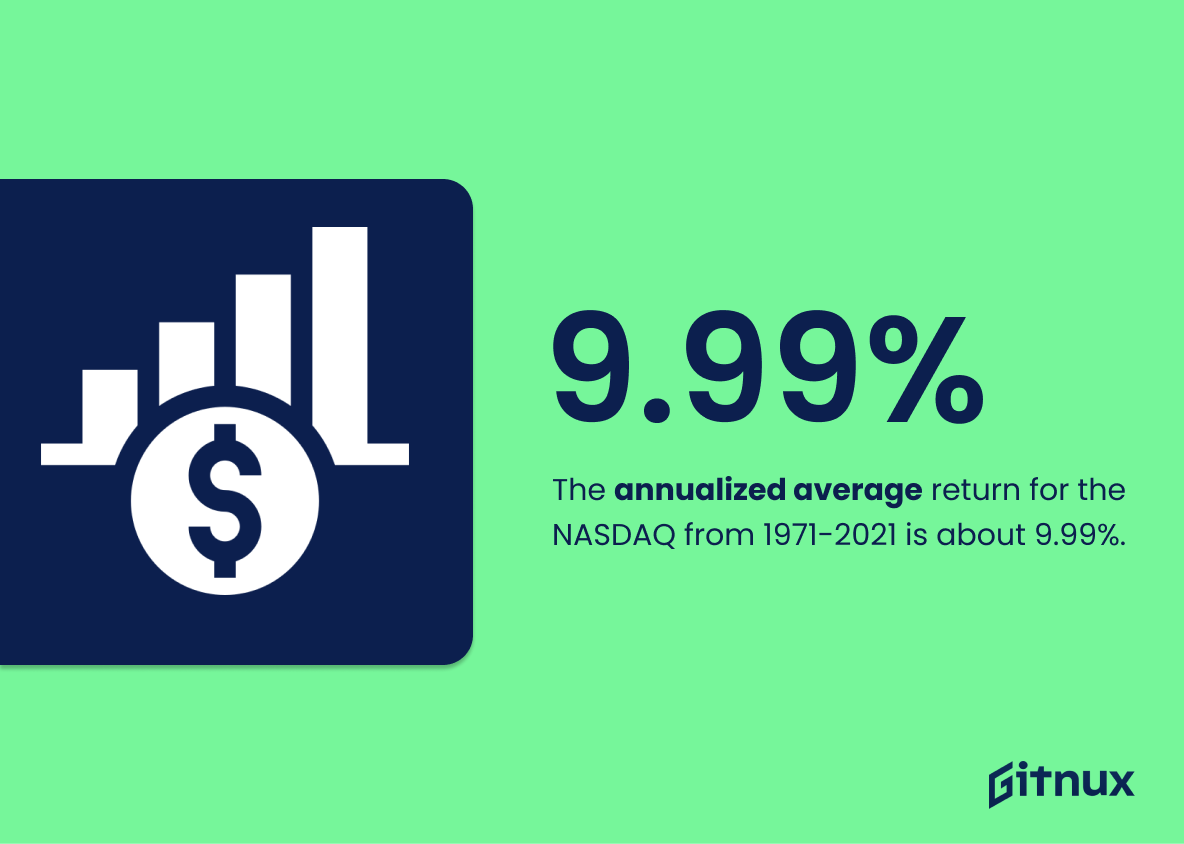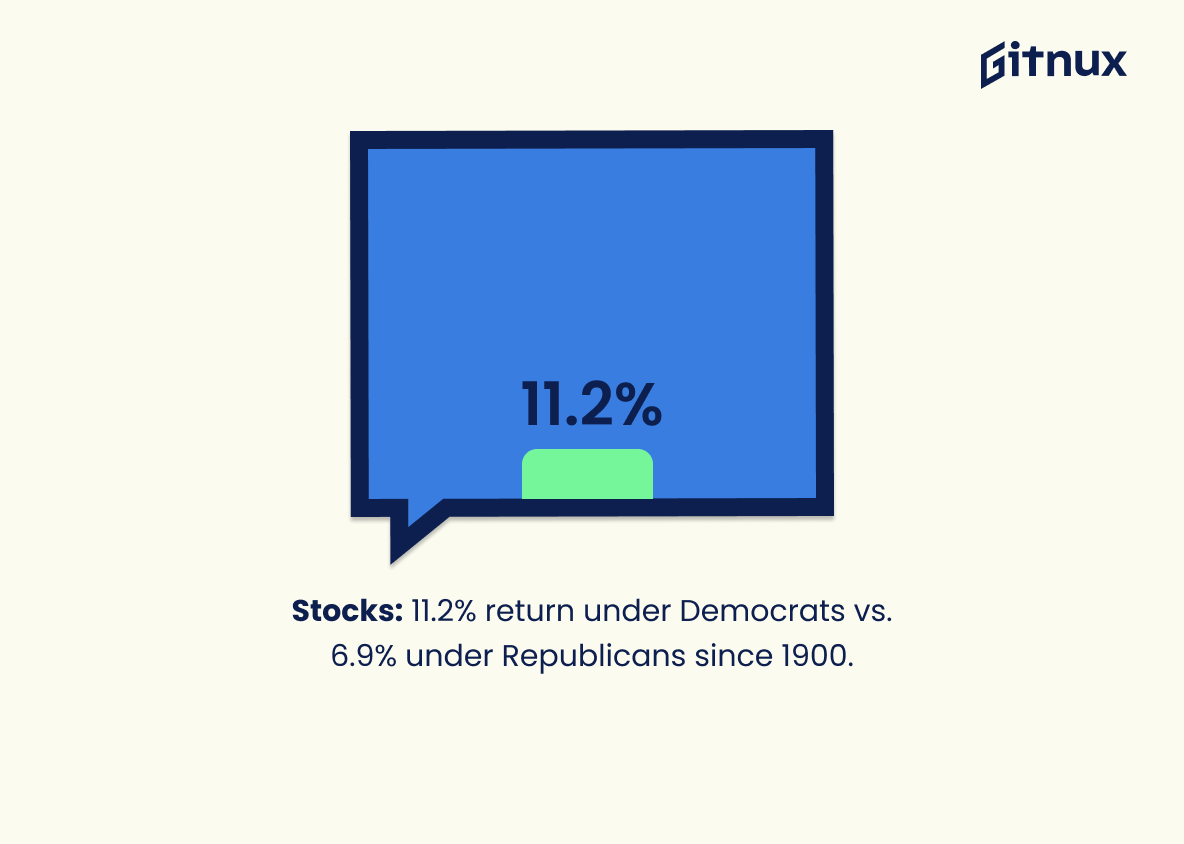The stock market is an ever-evolving and complex system that can be difficult to understand. To help make sense of it all, here are 20 interesting statistics about the U.S. and global stock markets as of October 2021:
Stock Market Statistics Overview
On average, the stock market has returned 9.2% per year since 1927.
This statistic is a testament to the stock market’s long-term resilience and reliability. It demonstrates that, despite the occasional downturn, the stock market has consistently delivered a healthy return over the long-term. This is an important point to consider when making decisions about investing in the stock market.
The New York Stock Exchange (NYSE) is the largest stock exchange in the world by market capitalization, with over $25 trillion in 2021.
This statistic is a testament to the sheer size and power of the New York Stock Exchange. It is a reminder of the immense influence the NYSE has on the global economy, and the sheer amount of money that is traded on the exchange every day. It is a reminder of the importance of the stock market and the need to stay informed about the latest stock market news and trends.
The Dow Jones Industrial Average has an all-time high of 35,631.19 points recorded on August 16, 2021.
This statistic is a testament to the strength of the stock market, showing that it has reached a new peak and is continuing to grow. It is a sign of the market’s resilience and potential for further growth, making it an important milestone for investors and a key point of discussion in any blog post about stock market statistics.
Stocks and equities make up over 60% of household financial assets in the United States.
This statistic is a testament to the importance of stocks and equities in the financial lives of Americans. It speaks to the fact that a significant portion of household financial assets are tied up in the stock market, making it a key factor in the financial health of many households. This statistic is a reminder of the importance of staying informed about the stock market and making wise investments.
Less than 1% of day traders consistently make money in the stock market.
This statistic serves as a stark reminder of the difficulty of making money in the stock market. It highlights the importance of doing research and having a sound strategy before investing in the stock market. It also serves as a warning to potential day traders that they should be prepared to face the possibility of losses. This statistic is a valuable insight into the stock market and should be taken into consideration when making decisions about investing.
Women make up only 29% of senior management roles in the finance and insurance sector.
This statistic is a glaring reminder of the gender gap that still exists in the finance and insurance sector. It highlights the need for more women to be represented in senior management roles, as well as the need for more gender-inclusive policies and practices in the industry. This is especially pertinent in the context of stock market statistics, as the lack of female representation in senior management roles can lead to a lack of diversity in decision-making, which can have a negative impact on the stock market.
Approximately 75% of S&P 500 stocks pay quarterly dividends.
This statistic is a testament to the fact that the S&P 500 is a reliable source of income for investors. It shows that the majority of stocks in the S&P 500 are paying out dividends on a regular basis, which is a sign of financial stability and a strong return on investment. This is an important statistic for investors to consider when making decisions about where to invest their money.
There are over 60 major stock exchanges in the world.
This statistic is a testament to the sheer size and scope of the global stock market. It speaks to the immense opportunities available to investors, as well as the complexity of the market. It also highlights the importance of staying informed and up-to-date on the latest stock market news and trends.
The total combined trading volume of world stock exchanges averages $300 billion per day.
This statistic is a testament to the sheer size and scope of the global stock market. It serves as a reminder of the immense power and influence that stock exchanges have on the world economy. It also highlights the importance of staying informed and up-to-date on stock market trends and news, as even the slightest change in the market can have a huge impact on the global economy.
Approximately 84% of all stocks held in the U.S. are owned by the wealthiest 10%.
This statistic is a stark reminder of the immense wealth inequality that exists in the U.S. stock market. It highlights the fact that the majority of stocks are concentrated in the hands of the wealthiest 10%, leaving the remaining 90% of the population with a much smaller share of the market. This is an important statistic to consider when discussing stock market statistics, as it provides insight into the unequal distribution of wealth in the U.S. economy.
The annualized average return for the NASDAQ from 1971-2021 is about 9.99%.
This statistic is a testament to the long-term success of the NASDAQ, showing that investors have been able to reap consistent returns over the past 50 years. It serves as a reminder that, despite the volatility of the stock market, the NASDAQ has been a reliable source of returns for investors. This statistic is a valuable insight for anyone looking to invest in the stock market, as it provides a benchmark for expected returns.
The longest bull market in the U.S. stock market history lasted for 11 years, from March 2009 to February 2020.
This statistic is a testament to the strength and resilience of the U.S. stock market, having endured for 11 years without a major downturn. It serves as a reminder of the potential for long-term growth and stability in the stock market, and provides a valuable insight into the market’s ability to weather economic storms. As such, it is an important statistic to consider when discussing stock market statistics.
The average annual return of stocks under Democratic presidents is 11.2% since 1900, while it is 6.9% under Republican presidents.
This statistic is a powerful indicator of the impact of political party on stock market performance. It suggests that Democratic presidents have been more successful in creating an environment conducive to stock market growth than Republican presidents. This could be a useful piece of information for investors looking to make decisions about their portfolios, as it provides a historical context for the potential returns of stocks under different administrations.
Conclusion
The stock market is a complex and ever-changing system, with many factors influencing its performance. The statistics presented in this blog post demonstrate the sheer size of the U.S. stock market as well as its global reach, while also highlighting some of the challenges faced by investors such as day trading success rates and gender disparities in senior management roles within finance and insurance sectors. Despite these obstacles, stocks have proven to be an effective long-term investment for individuals looking to grow their wealth over time – especially under Democratic presidents since 1900 – making it an attractive option for those seeking financial security or growth opportunities.
References
0. – https://www.nber.org
1. – https://www.marketwatch.com
2. – https://www.spglobal.com
3. – https://www.macrotrends.net
4. – https://www.awealthofcommonsense.com
5. – https://www.futures.tradingcharts.com
6. – https://www.pewresearch.org
7. – https://www.federalreserve.gov
8. – https://www.investopedia.com
9. – https://www.catalyst.org
10. – https://www.world-exchanges.org
11. – https://www.brokercheck.finra.org
12. – https://www.nyse.com
13. – https://www.cboe.com
